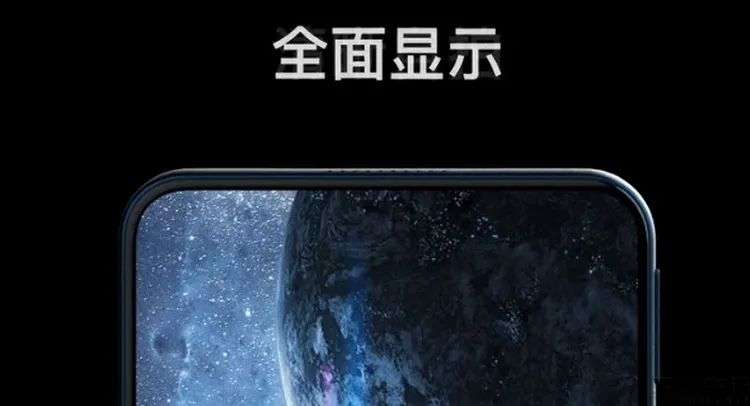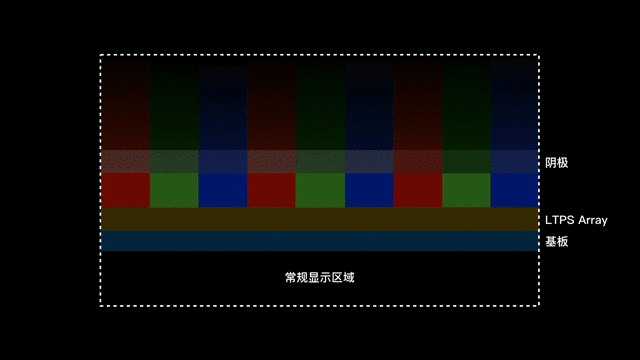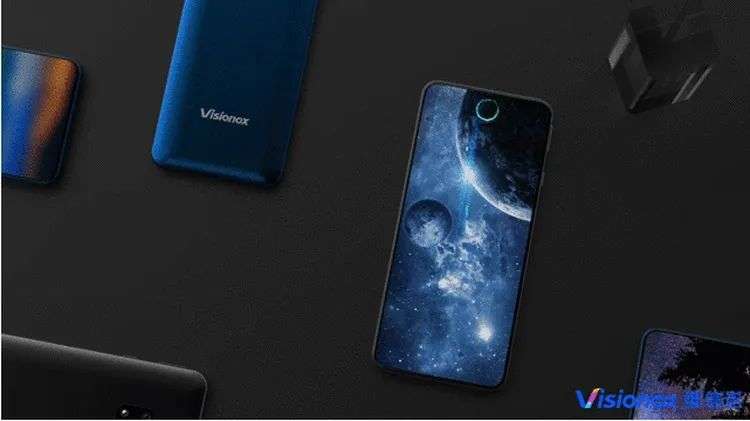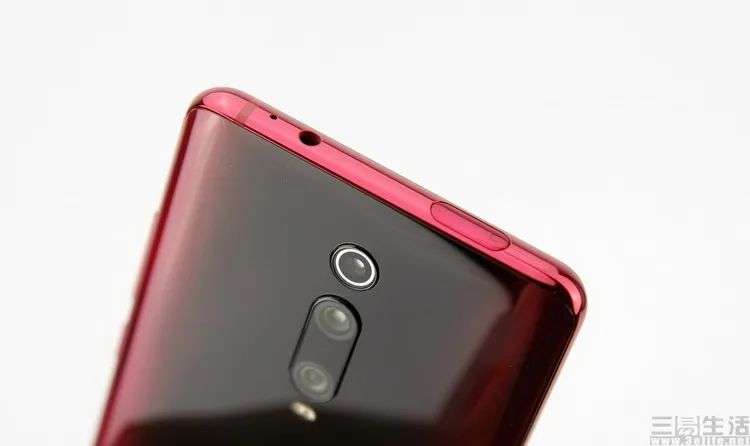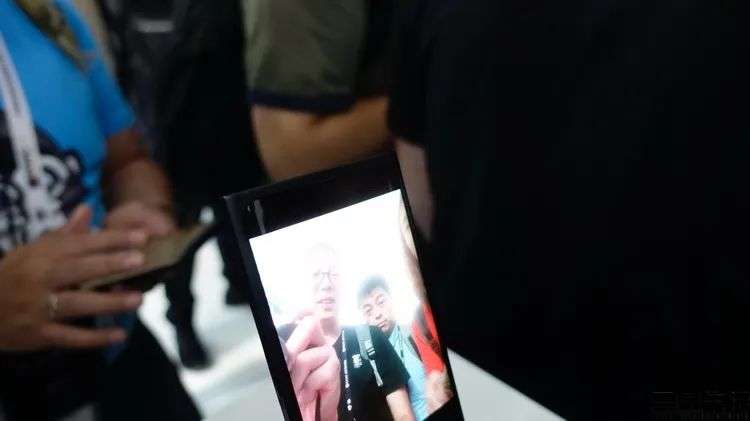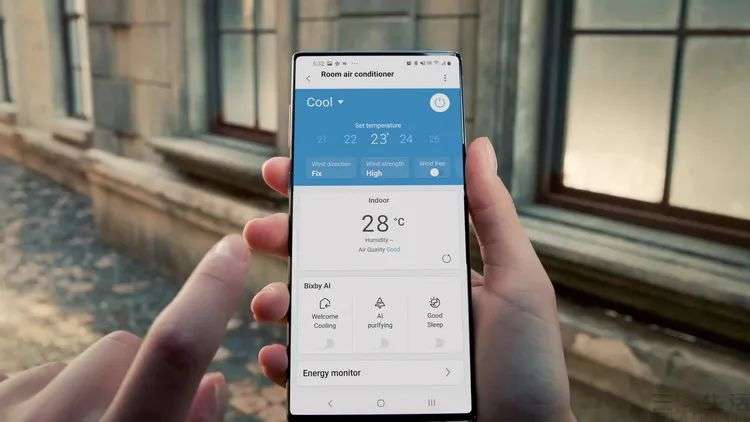For the mass-produced under-screen camera solution just announced, it may take some time to be perfect.
Editor’s note: This article comes from the WeChat public account “Three Easy Life” (ID:IT-3eLife), The author three easy bacteria.
If there are any technological breakthroughs on smartphones that consumers have expected in recent years, but in the end it will be a long overdue technological breakthrough, then the off-screen camera will no doubt be on the list. At least, as early as 2017, when the iPhone X came out with a huge “bangs full screen”, some consumers have already raised the question, “Why can’t you make the camera below the screen”?
I have to say that both consumers and mobile phone manufacturers have a strong obsession with “screen ratio”. Therefore, in recent years, we have also ushered in a series of solutions including openings, lifting structures, and even dual screens that can visually “eliminate” the front camera and achieve a “true full screen” effect.
In June 2020, many friends’ long-awaited off-screen camera finally unveiled its mysterious veil. Visionox, a panel manufacturer from China, was the first to announce the under-screen camera technology they called “InV see”, and more importantly, this time it was not a concept product, nor was it only released by PPT, but has been clearly implemented After mass delivery, related products will be officially unveiled soon.
Obviously, after this news was issued, almost all the technology media and consumers are “a common celebration”. One after another cheered that the obnoxious front camera on the smartphone screen is finally going to “disappear” completely, and the legendary true 100% full screen also seems to be expected.
Of course, our Sanyi life is no exception. However, compared with the current unanimous cheers from the outside world, we have always been curious about the new technology. This time we have also tried to explore the under-screen camera technology to a certain extent, and also found some of the “doorways”.
-
Did you know that today’s off-screen camera solution actually relies on “two screens”
According to current information released by Visionox, the under-screen camera technology announced this time is first based on its own OLED screen. The effect achieved is without the camera below the screenWhen the screen can be displayed normally, when using this camera, light can pass through the screen and be captured by the camera.
In fact, the OLED panel that has been popularized on a large scale actually has a certain degree of light transmission. And this is not difficult to understand, because the familiar fingerprint identification scheme under the optical screen is essentially a camera under the OLED panel to “shoot” the fingerprint. It is only because the light transmittance of ordinary OLED panels is not high enough, so when fingerprint recognition, it is necessary to use high-brightness fill light to “illuminate” the finger surface.
Does the off-screen camera solution mean that you only need to make a more transparent screen? Of course not. If the transparency of the entire screen is very high, it means that when the OLED screen is displaying content normally, the light emitted by itself and the external natural light will “pass” through the screen and illuminate the inside of the fuselage, which will cause serious Diffuse reflection. This will obviously reduce the sharpness of the screen, and will have a devastating impact on color performance.
So if you want the screen to display well, you have to reduce the light transmittance of the screen, and if you want the screen to be used for the under-screen camera, the screen light transmittance must be high enough. How do these two seemingly contradictory points be unified on one screen?
It is not difficult to find in the official information released by Visionox that the final solution is actually quite “simple and rough”. That is to simply make a screen into two areas, one of which is a common OLED screen, which has the same technical characteristics and display effects as a common OLED screen; and the other area is a “secondary screen” that is only located above the front camera “It is made of a material with higher transparency, and it itself has a series of special designs for improving the light transmittance on the circuit and pixel arrangement.
So even in Visionox’s official materials, not only do they often refer to the transparent area of the screen as “secondary screen” directly, they even have “synchronize the display of the main and auxiliary screens through innovative driving methods” Such a statement. And this seems to indicate that for the screen panel used by the under-screen camera, its regular display part and transparent displayThe display part can actually be regarded as two screens completely separated.
-
In addition to being beautiful, the off-screen camera panel has other advantages
Of course, the specific technical principles of the off-screen camera solution may not be a topic that all consumers will care about. For everyone, what I would like to know more is “what advantages does it have”?
Obviously, the bangs/water droplets/openings caused by the front camera are visually eliminated, and a complete “full screen” look and feel is achieved. This is undoubtedly the most intuitive and the most capable of being used by consumers. The advantages of perception.
Some friends may say that the bezel camera design similar to the first generation of Xiaomi MIX and Meizu 16, or the once-popular lift-up front camera that was very popular before, can not also do not occupy the screen display area to achieve a full screen look and feel ?
This is true, but placing the camera on the frame means that the screen (upper or lower) frame must be wider, and the screen-to-body ratio and visual immersion are greatly reduced; The lifting mechanism and independent lifting motor will not only increase the failure rate, but also increase the thickness and weight of the fuselage. Therefore, in other words, in addition to making the screen itself look “complete”, the under-screen camera also makes it easier for mobile phones to achieve ultra-high screen ratio (for example, close to 100%), while maintaining the “efficiency” of the body.
Besides, the current under-screen camera must only be implemented based on OLED display technology, which means that it can ensure that the screen itself has better brightness, contrast, and brightness than those LCD screens with mixed eyes. energy saving effect. Not to mention the “main display part” of the off-screen camera solution, which of course is also compatible with the off-screen fingerprint recognition function, which is more in line with the current user’s aesthetic style and usage habits.
-
However, it is not easy to use the off-screen camera solution
Understand the principles of the off-screen camera solution and the benefits it can bring. I believe many friends can’t wait to know when the models equipped with the off-screen camera solution can be bought and will What kind of equipment is it?
I have to say that because Visionox maintains a cooperative relationship with many familiar mobile phone manufacturers. In addition, this time when they officially announced the camera solution under the screen, there was no mention of partners or any easily identifiable features, so at present we can not accurately determine whether the brand is about to launch Visionox InV see under-screen camera solution.
Xiaomi’s original “hidden screen” was actually an under-screen camera technology
However, this does not mean that there is no trace at all. In the official information provided by Visionox, when they mentioned the difficulty of implementing the off-screen camera, there was a description: “In addition to the “hardware must be compared” on the hardware, the software algorithm of the front camera can also be used The shooting effect of the secondary screen area is supplemented. Through the cooperation with the terminal manufacturers, under the optimized integration of the special algorithm of the front camera, the diffraction and glare that affect the shooting effect are further eliminated, the fogging effect is suppressed, and the sharpness of the photo is greatly improved Brightness meets the needs of daily selfies, video calls, etc.”
Did you find the problem? On the one hand, this means that the current off-screen camera technology is only improved by the transparent material and circuit design of the “secondary screen” itself, which is not enough to allow the front camera to get the amount of light and transparency similar to the traditional design, so Additional software algorithm adaptation is indispensable; on the other hand, at least in the current official announcement, Visionox has mentioned that under-screen camera software adaptation is done in cooperation with “terminal manufacturers”.
The prototype of the off-screen camera previously shown by OPPO
What does this mean? First of all, everyone should know that for the current smartphone industry, the algorithm for taking pictures is often not self-developed by mobile phone manufacturers, such asAlgorithm suppliers such as Defiance and RainbowSoft are actually the “heroes” behind many excellent products. However, Visionox’s partners in solving the problem of self-portraits for off-screen cameras are not “industry suppliers” but “terminal manufacturers”. Manufacturers with the ability to develop self-developed camera algorithms have not yet become a common technology in the industry. In other words, this actually tells us that at this stage, there are only a few manufacturers that are capable of launching under-screen camera phones.
-
It is destined to become the standard for future flagship products, but the threshold for “early adopting” may not be high
It is a highly anticipated revolutionary technology in itself, coupled with at least few manufacturers that have the ability to handle it. At first glance, the new camera with an off-screen camera that is about to meet you formally seems to be destined to be a high-priced flagship product.
Maybe it’s really not.
Shortly after Visionox announced the off-screen camera solution, Shen Yiren, the former OPPO vice president, made an unexpected voice. According to him, the current under-screen camera solution has not been perfect in terms of the “under-screen” visual effect of the screen or the front-end self-timer effect, so consumers should not put expectations too high. Instead, we should look at this new thing in the mobile phone industry with an “interesting attempt”.
What does this mean? In fact, if we read the official information of Visionox carefully, we will find that although they do use a black technology such as a transparent conductive layer, they use a new driving circuit and pixel design, and also specifically optimize the pixel arrangement and the color of the screen. And brightness are calibrated.
But all of the above are just to solve the basic needs of “making the camera take pictures under the screen” and “making the main and auxiliary screens not obvious”, and whether the brightness of the screen itself is enough High, whether the color gamut is wide enough, whether the resolution reaches the flagship level, whether it supports HDR, whether it has a high refresh rate, etc., are actually nothing to say.
If the effect of the off-screen camera panel is not extreme enough, it is impossible for the manufacturer to make it “succeed” the flagship
Be aware that whether it is Xiaomi or OnePlus, whether it is OPPO or vivo, or Samsung and Google, in the past year, they have been instilling in consumers their own flagship products. 5G mobile phones should have a good screen” and the concept of “high color gamut and high refresh rate to make the mobile phone look comfortable”.
In other words, for the vast majority of smartphone brands, it is absolutely difficult to imagine that they will allow the next generation of flagship products to be reversed on the screen parameters, even for products that use under-screen camera technology.
That is to say, if there are really one or more models that use the under-screen camera solution in the near future, and they will be sold, the biggest possibility is that they will be exploration and early adopters. On the positioning of mid-to-high-end products.
As a result, its relatively non-extreme product positioning and possibly even “fragrant” pricing range can fully stimulate consumers’ desire to try the new technology of under-screen cameras, and further develop this technology. Contribute.
Suspected off-screen camera phone appeared in Samsung’s official commercials last month
In this way, until the beginning of next year or when, when the updated under-screen camera solution can already achieve a more perfect secondary screen display effect and light transmittance, it can also take into account the high color gamut and high color accuracy , High refresh rate, high brightness, high contrast, and low reflectivity. There is no doubt that this will be the moment when this new technology will really come to the top flagship products and shine as a new fashion in smartphone design.
